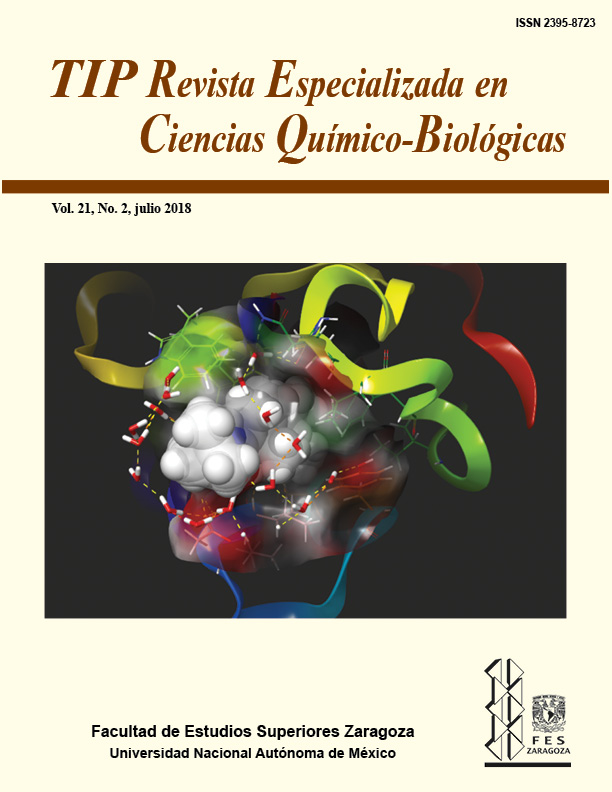Abstract
Mexican cuisine is considered as an intangible heritage of humanity. It uses numerous spices which, in addition to enhancing the sensorial characteristics of the traditional food, benefits human health. Spices contain a variety of bioactive compounds, including polyphenolic compounds, which are responsible for their healthful properties. Studies of bioactive compounds found in spices used in the Mexican cuisine are limited. Therefore, the aim of this paper was to investigate the polyphenolic profile of three spices used in typical Mexican cuisine: aniseed (Pimpinella anisum L.) coriander (coriandrum sativum L.) and clove (Syzygium aromaticum). Initially, the most effective extraction method was standardized by varying the solid-solvent ratio and the sonication time. Total soluble polyphenols, flavonoids and antioxidant capacity of each extract were analyzed, as well as the extraction yield. Clove showed the highest content of soluble polyphenols, flavonoids and the highest antioxidant capacity. The extracts having the highest polyphenol content were analyzed by HPLC-MS. The aniseed extract displayed chlorogenic, sinapic an ferulic acids. While quecetin-3-rutinoside and naringenin were detected for coriander; in clove, gallic, chlorogenic and elagic acids were assigned.
TIP Magazine Specialized in Chemical-Biological Sciences, distributed under Creative Commons License: Attribution + Noncommercial + NoDerivatives 4.0 International.



